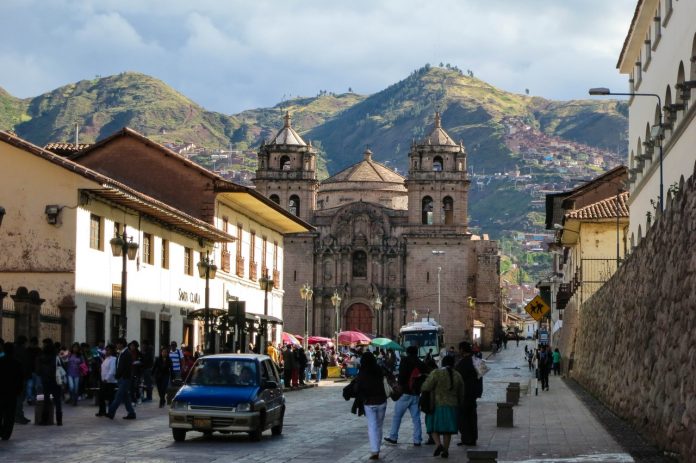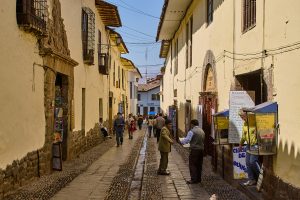Are you ready to know Peru in depth and fall in love with this fabulous country? Peru is full of surprises and one of them is the colloquial language of its people. Only creativity limits Peruvian slang. Here redbus.pe brings you 8 secrets to use Peruvian slang perfectly provides you a guide to better use peruvian slang
The guide to Peruvian slang
Popular language is an important element to consider when traveling to Peru. Our country is full of history, culture and –of course–, colloquial expressions that only Peruvians understand. Do not worry, with this guide you will know what are the secrets to use Peruvian slang to perfection. In addition, you will learn some of our best-known jargons and what they mean.
1. Don’t be overly confident even if you know how to speak Spanish.
Even if you do have some practice of the Spanish language, it will be somewhat difficult to understand Peruvians talk. That is because we speak very fast, with many idioms, local jargon, jokes, etc. If you’re staying more than a week, try to look up every word and slang that you do not understand. We assure you that the locals will be willing to tell you their meanings and even find it funny. That way you will not have to go through any misunderstandings.
2. Identify the jargons that you could use the most during your trip.
In other words, the ones that relate to distance, to ask for help or provide directions. Use them when your destination is a tourist attraction: “hazme la taba” (come with me), “voy a jatear” (I’m going to sleep), “de fresa” (go straight), “vamos a latear” (let’s walk or take a stroll) or “hazme una gauchada” (ask for a favor).
3. Peru is a country of gastronomic culture; hence, you must it identify the slangs that relate to food.
Do not confuse these expressions with what a chef would say; use them in common situations in your day to day. For example: “qué palta” (meaning shame), “qué piña” (bad luck), “¿cuál es tu cau cau?” (what is your problem?), “está papaya” (is easy), “eres un zanahoria” (naive person) or “causa” (meaning friend).
4. Differentiate the context in which you use each word.
Although the number of jargons is so broad and the only limit is the creativity of our people, it is important to know when to use an expression. For example, you can say “habla causa” when you are in Lima and you have just meet up with friend. On the other hand, if you are in Cusco, in a historical area, it is not possible to use that expression when you meet a tour guide.
5. Know the jargons related to your economy.
In Peru, there are also many slangs to refer to certain amounts or currencies. For example: “una luca” (one sol, the Peruvian currency), “un palo” (a thousand soles), “estoy aguja” (I do not have money) or “hagamos una chancha” (everyone help with raising money).
6. Will you follow a night tour? Check out these useful slangs.
If you want to meet young people on a night tour through the main bars of the city you are traveling, these slangs could help you look more friendly. Some are: “chela” (beer), “churro” (a person that is very good looking), “de la patada” (something is very good), “tono” (party) or “me vacila” (I like it).
7. Locate the jargons within full sentences.
If you say the word without being in context or within a whole sentence, it will not be understood. “Agarrarse de las mechas”, for example, means fighting or hitting each other; “de hachazo” (very fast, without consideration); “de un porrazo” (immediately); “echar una cana al aire” (to commit infidelity); “ganarse los frijoles” (to work); “hasta las patas” (it is very wrong); among many others.
8. Don’t worry and enjoy your trip, don’t expect everyone to understand you.
In Peru, people do not expect you to understand them 100% if you are a tourist. They will not make you any practical jokes or bother you about it. Most will try to talk slowly so you can understand everything without confusion. Give yourself time and prepare your agenda to write down all the new words that you come to learn while you enjoy your dream trip.
There are many other Peruvian slangs, but we believe that with these tips and examples you can defend yourself on your first visit. Of course, in case you stay much longer and fall in love with Peru, you will end up learning many more jargons, all incredible funny and part of our national identity.
For more about peruvian culture and travel, visit our blog!




